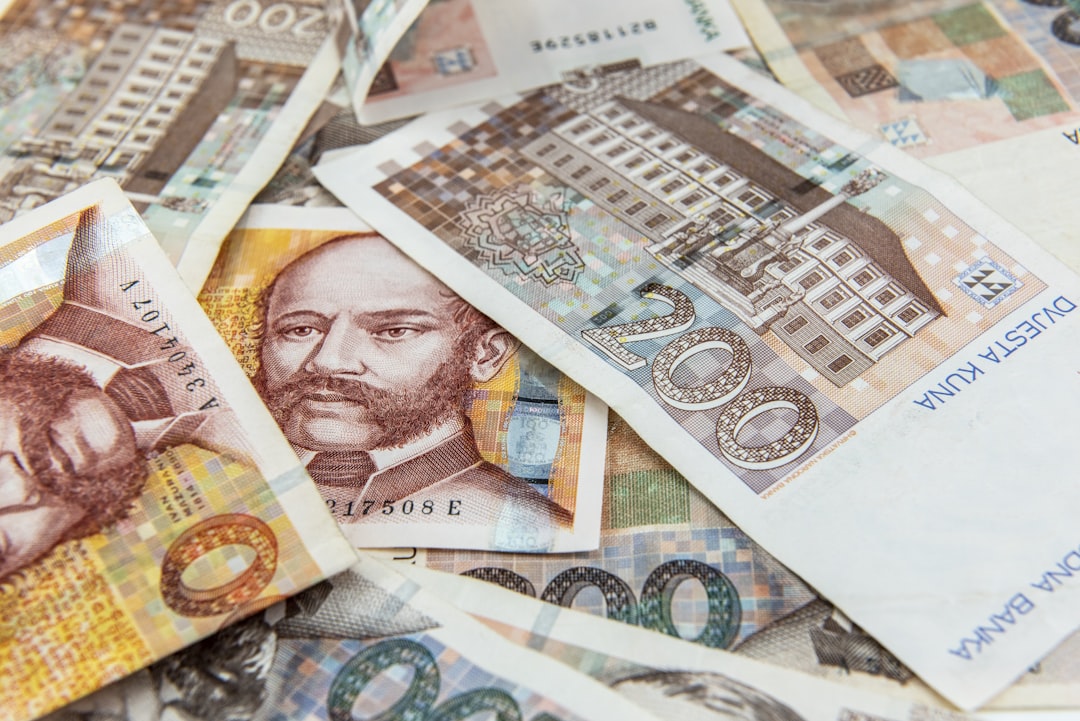body {
font-family: sans-serif;
line-height: 1.6;
}
h1, h2, h3 {
color: #333;
}
The global steel market is a complex ecosystem, intricately woven with factors ranging from raw material costs to geopolitical events. One crucial element often overlooked is the impact of foreign currency fluctuations on steel pricing. Understanding this dynamic is essential for both buyers and sellers navigating the international steel trade.
Understanding the Currency Exchange Rate’s Influence
The price of steel, like most commodities, is typically quoted in a specific currency, often USD. However, international transactions involve multiple currencies. A fluctuation in the exchange rate between the buyer’s and seller’s currencies directly impacts the final cost. For example, if the US dollar strengthens against the Euro, a European steel buyer will pay more Euros for the same quantity of steel priced in USD. This is because they need more Euros to buy the same number of dollars. Conversely, a weakening dollar makes steel cheaper for European buyers.
This seemingly simple principle has significant implications. A seemingly small change in the exchange rate can translate into substantial cost differences, especially for large-scale steel purchases. This volatility necessitates careful monitoring of exchange rates and proactive risk management strategies.
Hedging Strategies to Mitigate Currency Risk
Given the inherent risk associated with currency fluctuations, steel importers and exporters often employ hedging strategies to mitigate potential losses. These strategies aim to lock in a specific exchange rate for future transactions, thereby reducing uncertainty. Common hedging tools include:
- Forward Contracts: Agreements to exchange currencies at a predetermined rate on a future date.
- Futures Contracts: Standardized contracts traded on exchanges, offering a degree of liquidity and price transparency.
- Options Contracts: Give the buyer the right, but not the obligation, to buy or sell currency at a specific rate within a certain timeframe.
- Currency Swaps: Agreements to exchange principal and interest payments in different currencies over a specified period.
The choice of hedging strategy depends on factors such as the size and timing of the transaction, the exporter’s risk tolerance, and market conditions. Expert advice from financial institutions is often crucial in selecting the most appropriate approach.
The Impact of Geopolitical Events on Steel Pricing and Currency
Geopolitical events can significantly impact both steel prices and exchange rates. Trade wars, sanctions, and political instability can lead to disruptions in supply chains, increased demand for certain currencies, and overall market volatility. For instance, a trade dispute might lead to tariffs on imported steel, impacting prices and potentially strengthening the currency of the country imposing the tariffs. Conversely, political instability in a major steel-producing region could weaken its currency and potentially lower steel prices in other markets, at least temporarily.
Understanding these interconnected dynamics is vital for anticipating potential price fluctuations and adjusting purchasing or selling strategies accordingly. Staying informed about global political developments is crucial for effective risk management in the steel industry.
Analyzing Steel Price Indices and Currency Correlations
Several steel price indices track the global market, providing valuable insights into price trends. However, it’s crucial to consider these indices in conjunction with relevant exchange rates. Analyzing the correlation between steel prices (in a base currency like USD) and the exchange rates of specific currencies provides a more comprehensive understanding of price movements in different markets. For instance, a rise in the USD against a particular currency might mask an actual increase in the steel price if the steel price in USD has remained relatively flat.
This analytical approach requires access to reliable data sources, including steel price indices and exchange rate information. Sophisticated analytical tools can assist in identifying patterns and predicting future price movements, although it’s important to remember that such predictions are never entirely certain.
Navigating the complexities for Steel Importers and Exporters
For steel importers and exporters, understanding foreign currency pricing is not just an academic exercise; it’s crucial for profitability and competitiveness. Importers need to accurately forecast their costs in their local currency, accounting for potential exchange rate fluctuations. This involves careful monitoring of exchange rates, potential hedging strategies, and understanding the impact of tariffs and other trade barriers. Exporters, on the other hand, need to price their products competitively in international markets while mitigating the risk of currency fluctuations affecting their revenue.
Effective risk management is paramount. This includes diversifying sources of supply and demand, using hedging strategies, and building strong relationships with financial institutions that can provide expert advice and support. Regularly reviewing market conditions and adapting strategies as necessary is essential for navigating the dynamic landscape of international steel trade.
In conclusion, successfully navigating the global steel market requires a deep understanding of the interplay between steel pricing and foreign currency fluctuations. By employing effective risk management strategies, regularly analyzing market data, and staying informed about geopolitical events, businesses can mitigate risks and optimize their operations in this complex and dynamic environment.
SEO-Friendly Tags:
- Steel Price in Foreign Currency
- Currency Exchange Rate Steel
- International Steel Trading
- Steel Market Hedging
- Global Steel Commodity Pricing




